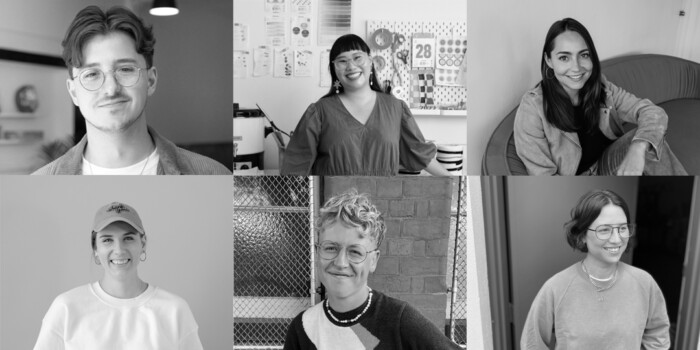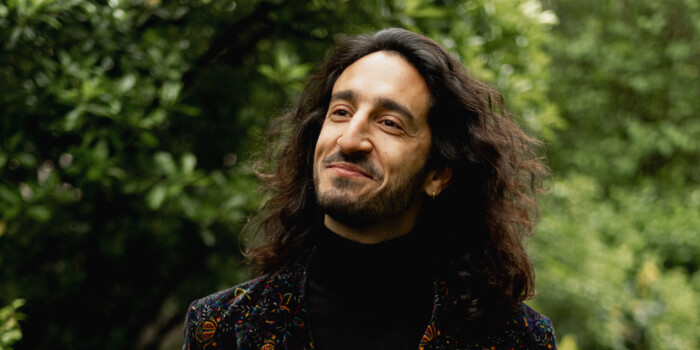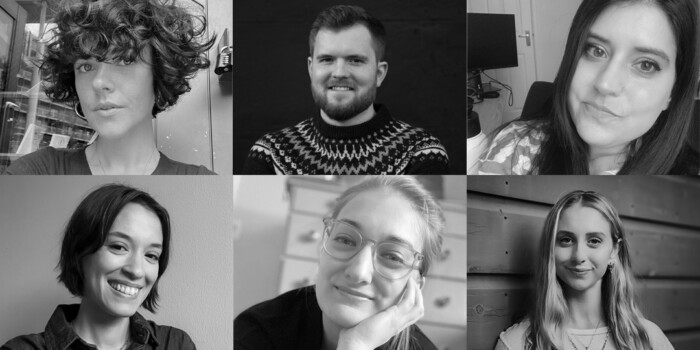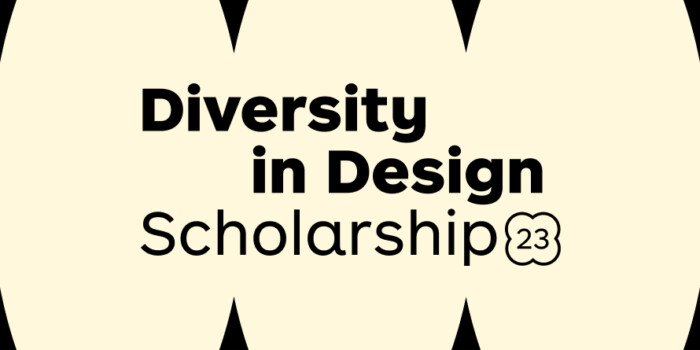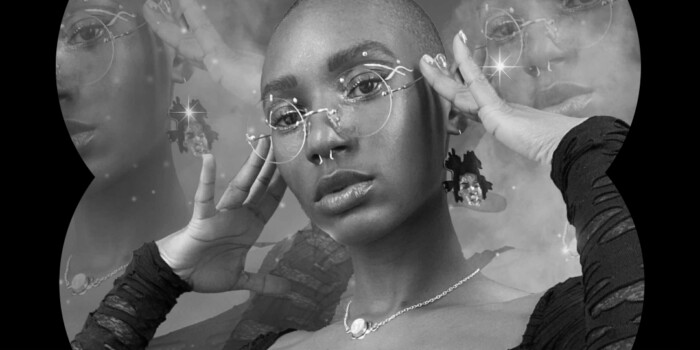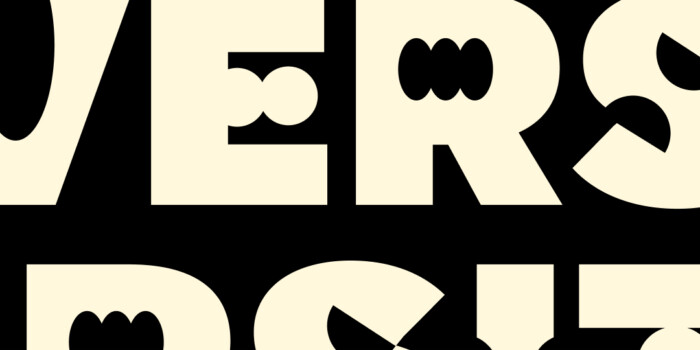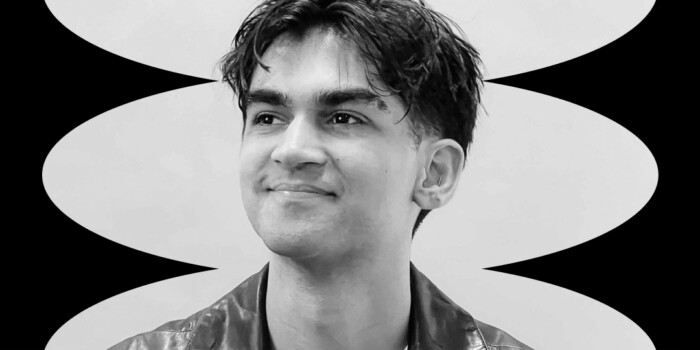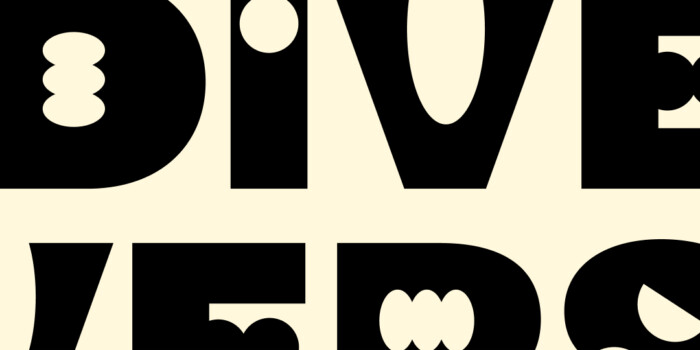Cathy Sison meets Gabriela Namie, Art Director at YouTube Music
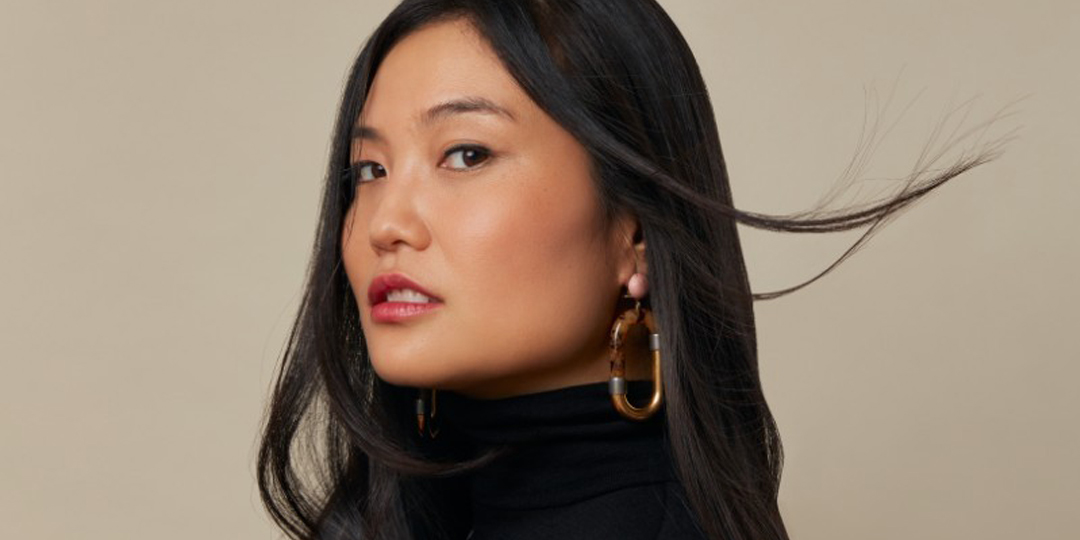
In our Industry Interviews, we ask one of our Shillington Teachers to interview a creative they admire—this can be a friend or someone new from across the creative spectrum. Next up, Shillington’s Head New York Cathy Sison chats to Gabriela Namie, who works at Google as Art Director for YouTube Music.
Cathy is a New York-based multi-hyphenate—designer, art director, educator and calligrapher under her artist name, Kyashi. Over her decade in the industry, she has worked in fashion, beauty and social enterprise, as well as undertaking calligraphy projects for brands across the world.
Gabriela is a designer and art director based in Brooklyn. She has worked in studios in her hometown São Paolo and New York and founded Estúdio Barca in the former, before her current role at Google. Her work has been recognised by Art Director’s Club Young Guns, Latin American Awards, London International Creative Competition and more.
Hey Gabriela, so nice to meet you! Would love to know your background where you’re from and hearing a little bit about your creative background?
I’m from São Paulo, but have been living in New York for the past 6 years. I have a background in brand and type design and have worked in the creative industry for over 10 years.
I worked in different environments, from large agencies to small boutique studios. I took freelance commissions and that eventually led up to opening my own agency—which still exists in São Paulo.
Although I loved leading my studio, I took a leap moving to New York to work for Sagmeister & Walsh, where I was a Senior Designer for 3 years. I have been an art director at Google for 3 years now. I am both a hands-on designer and a visual advisor at YouTube Music, helping guide the creative direction for multiple projects and the product brand.
I feel privileged to be able to work with two things I love—design and music.

What made you take this creative path?
I always knew I wanted to work with creativity on some level. Growing up in the early internet days, I spent a big chunk of my time exploring and learning about designers and music artists globally.
The album covers fron my favorite bands inspired me to explore illustration and post them online. It taught me how not to take feedback personally and really access the vulnerable parts of me that allow me to grow as a creative.
Eventually, I studied design in college and worked at agencies since my Junior year. I was working full time even before I graduated, but still kept time to work on personal projects. I just really loved doing it and wanted to get better at it! I also liked exploring different areas of knowledge, so I studied philosophy for a bit, and always tried to keep my mind open to different things, authors, experiences, etc. Creativity is just connecting dots, so the wider your world is, the better connections you will be able to make.
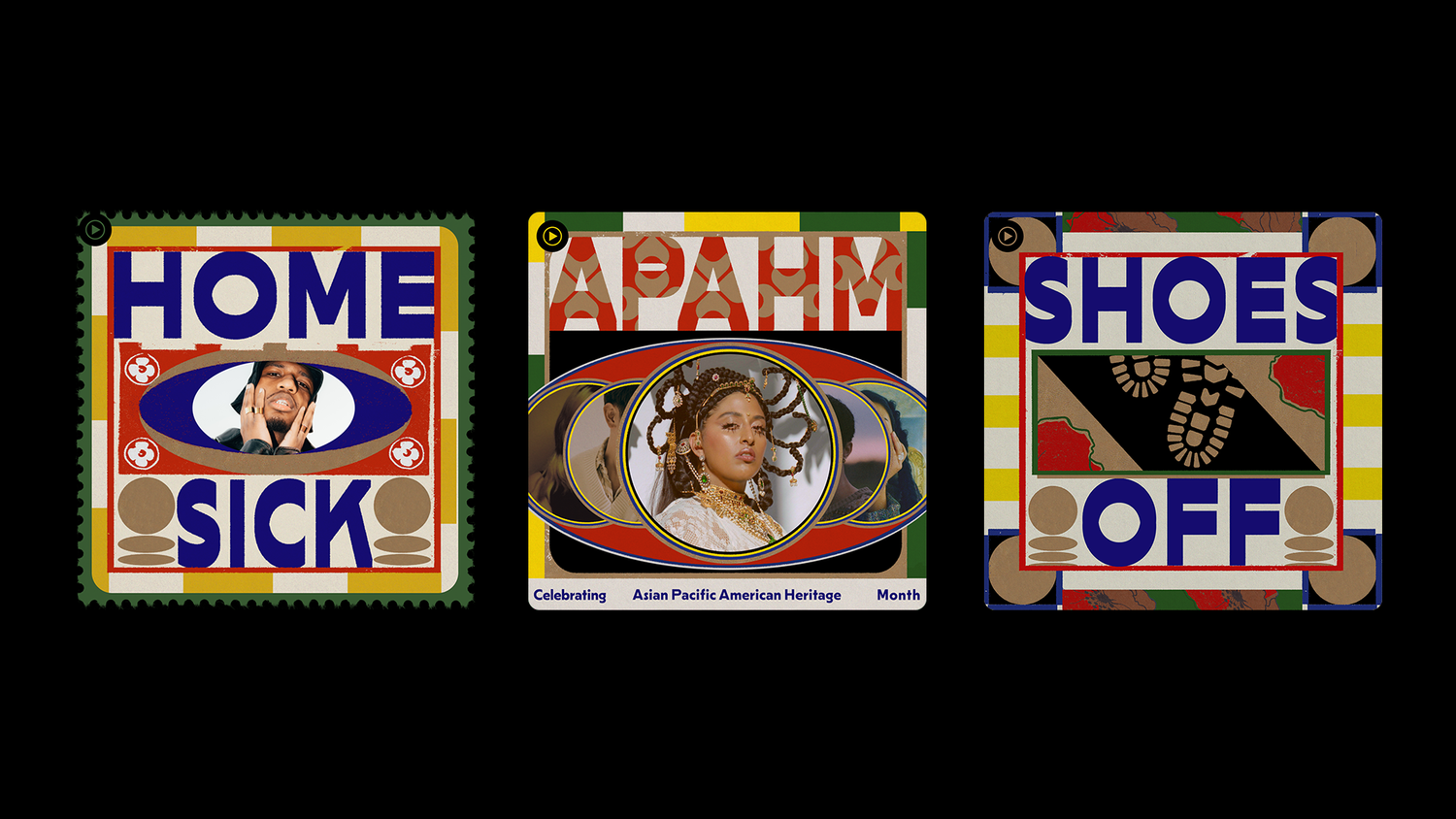
What are the challenges you face as a designer?
Like most designers, I learned how to translate my visual choices verbally in a way that helps non-creatives to give input to it and for myself to make sense of my decisions. But gender and race comes with its own set of challenges. I learned this by leading my studio in São Paulo, and by just existing as a Brazilian woman in New York.
The industry is still not inclusive, but it is definitely more diverse in comparison to when I started. When you are different, it is easy to feel not welcomed or not understood.
I feel it is important to surround yourself with people who appreciate your contributions and allow you to thrive as yourself, not only as a worker, but as a whole person.
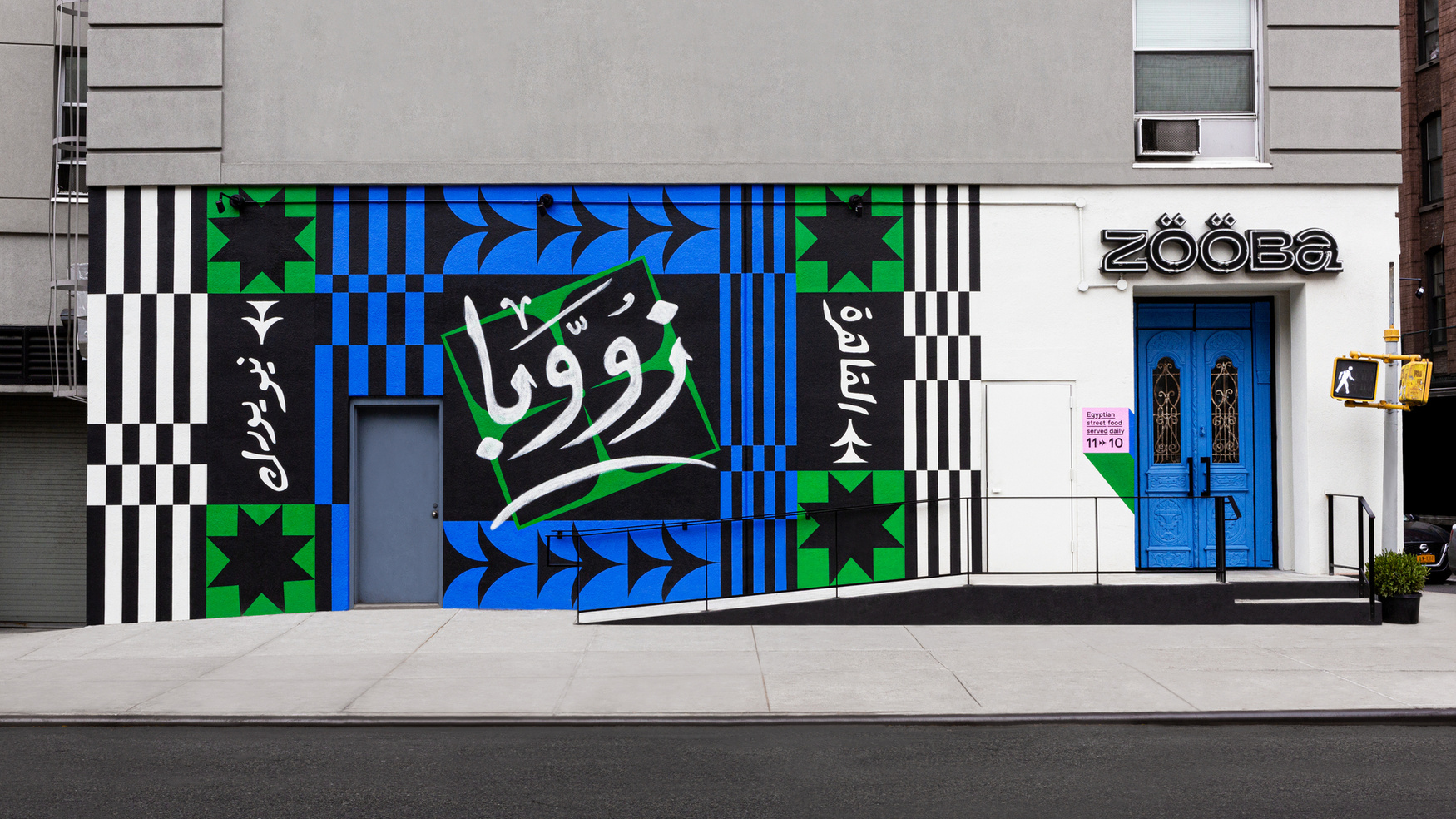
What excites you in your job?
YouTube is a global platform! It really excites me that something I work on will gain so much reach and make someone happy in different parts of the world. Coming from an agency background, where I was mostly talking to other designers and final clients, I love learning how to collaborate with PMs, UX designers, researchers, engineers, etc.
I also love the culture at Google and how respectful the company is towards my work and life balance. Although I love my job, there is so much I want to live and accomplish beyond paid work, so this is really important for me.
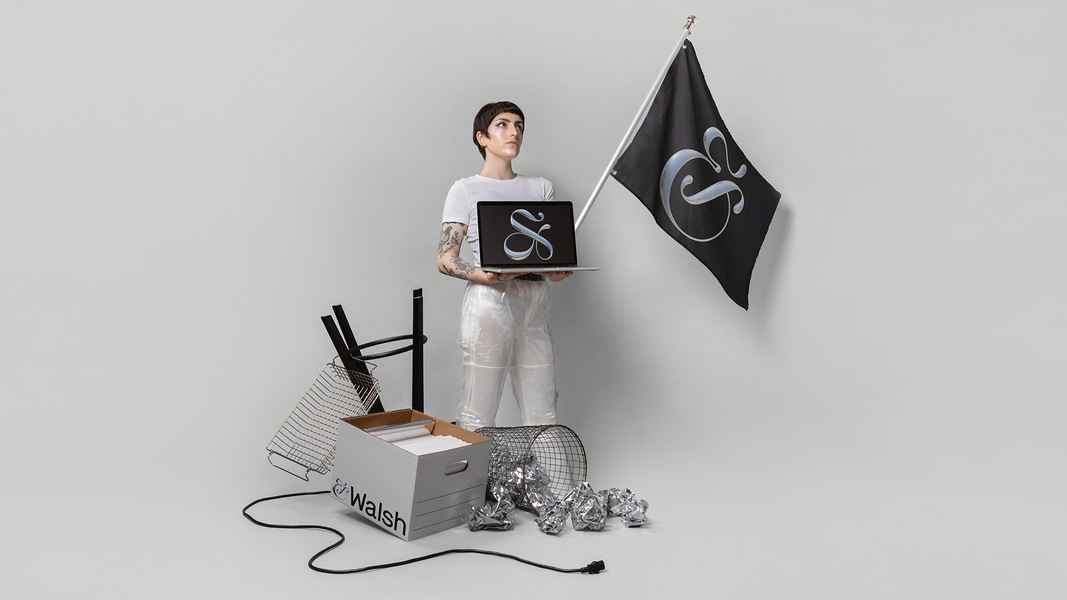
How would you describe your creative process?
Every project poses different questions, goals and work relationships. This will eventually lead to different processes.
But my most successful projects involve a lot of time asking “why”, a clear set of questions and goals, and considerable time for research and experimentation.
Once the project is in a good place, I like to question all decisions making sure they are valid and not be afraid to change initial choices to make room for better ones.
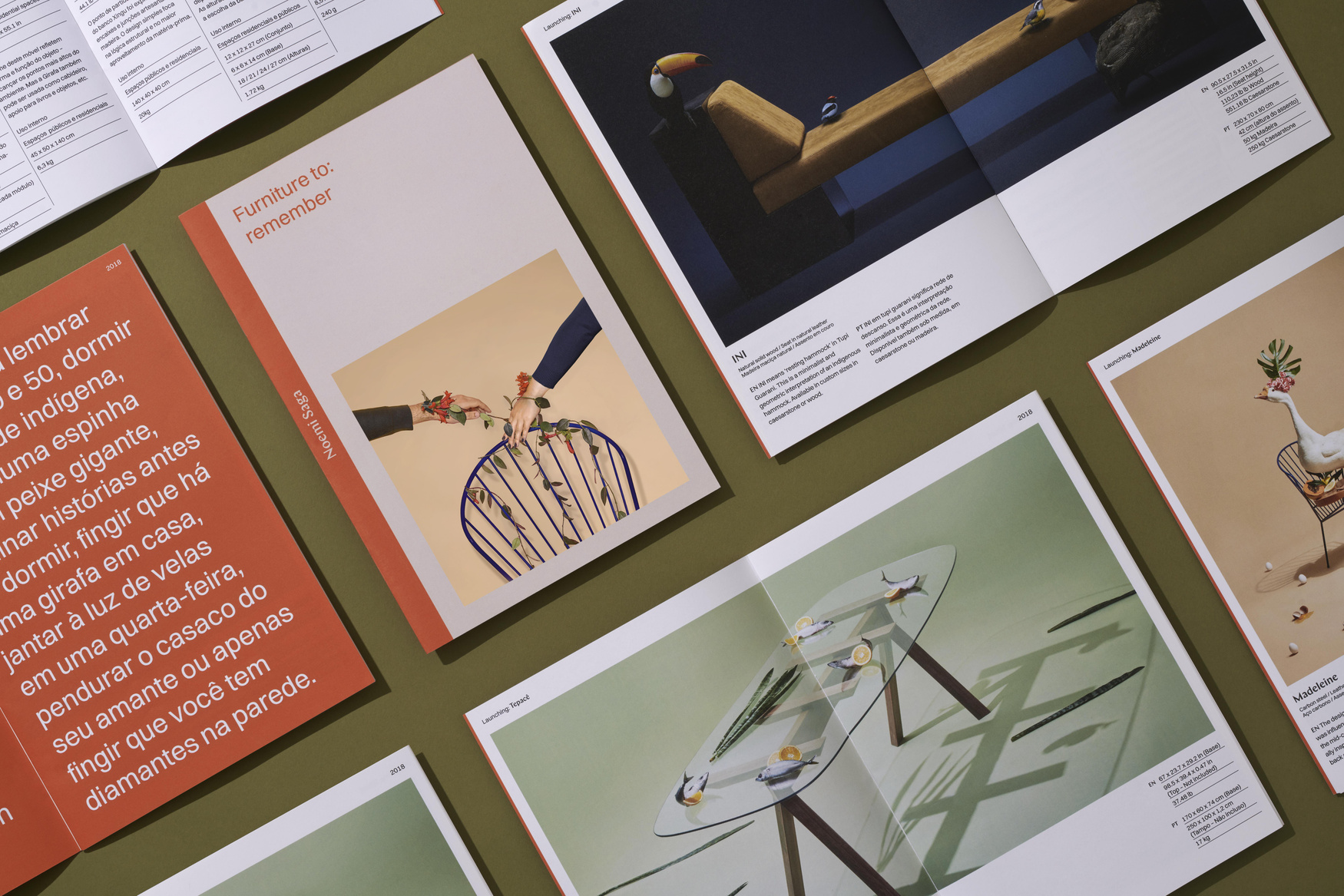
What advice would you give to recent grads, looking for design work?
If possible, spend the next few years working in different design environments and people.
Ask yourself what you are exchanging your work for. And define what you want to learn at each job and when it will be time to leave.
What are you currently inspired by?
Brazilian contemporary dance and music. And my friends—the work of Felipe Rocha, Leo Porto, Khyati Trehan, Mah Ferraz, Claudia Rubin, Heejae Kim, etc.

Do you deal with imposter syndrome or creative blocks? Any advice how to deal with it?
Creative blocks for me might come from not having clear questions in a project or stress. The first one is easy to solve.
I usually approach the latter by having more boundaries around work and going outside as much as possible.
I haven’t dealt with imposter syndrome in a long time. I usually ask for help or a deadline extension whenever I am not sure how to solve a problem. Also, it is good to remember failing is totally OK and necessary.

What do you want to do as a creative in the next few years?
I want to keep providing free mentorships. When it comes to personal projects, I want to explore writing and combine it with visual explorations.
Any advice to anyone thinking about studying or learning graphic design?
Know that this feeling of uncertainty and vulnerability while designing is just part of the job.
It will look terrible until it is done. Keep experimenting.
Finally I love this quote by Milton Glaser: “After all, what is required in our field, more than anything else, is the continuous transgression. Professionalism does not allow for that because transgression has to encompass the possibility of failure and if you are professional your instinct is not to fail, it is to repeat success. So professionalism as a lifetime aspiration is a limited goal.”

Big thanks to Cathy for chatting to Gabriela! Make sure to follow Gabriela on Instagram and head over to her website to see more of her portfolio. If Cathy and Gabriela’s chat has left you feeling inspired, take a look at Shillington’s graphic design course—you could become a graphic designer in as little as three months.
Want to win some amazing prizes and stay in the loop with all things Shillington? Sign up to our newsletter to automatically go in the draw.
